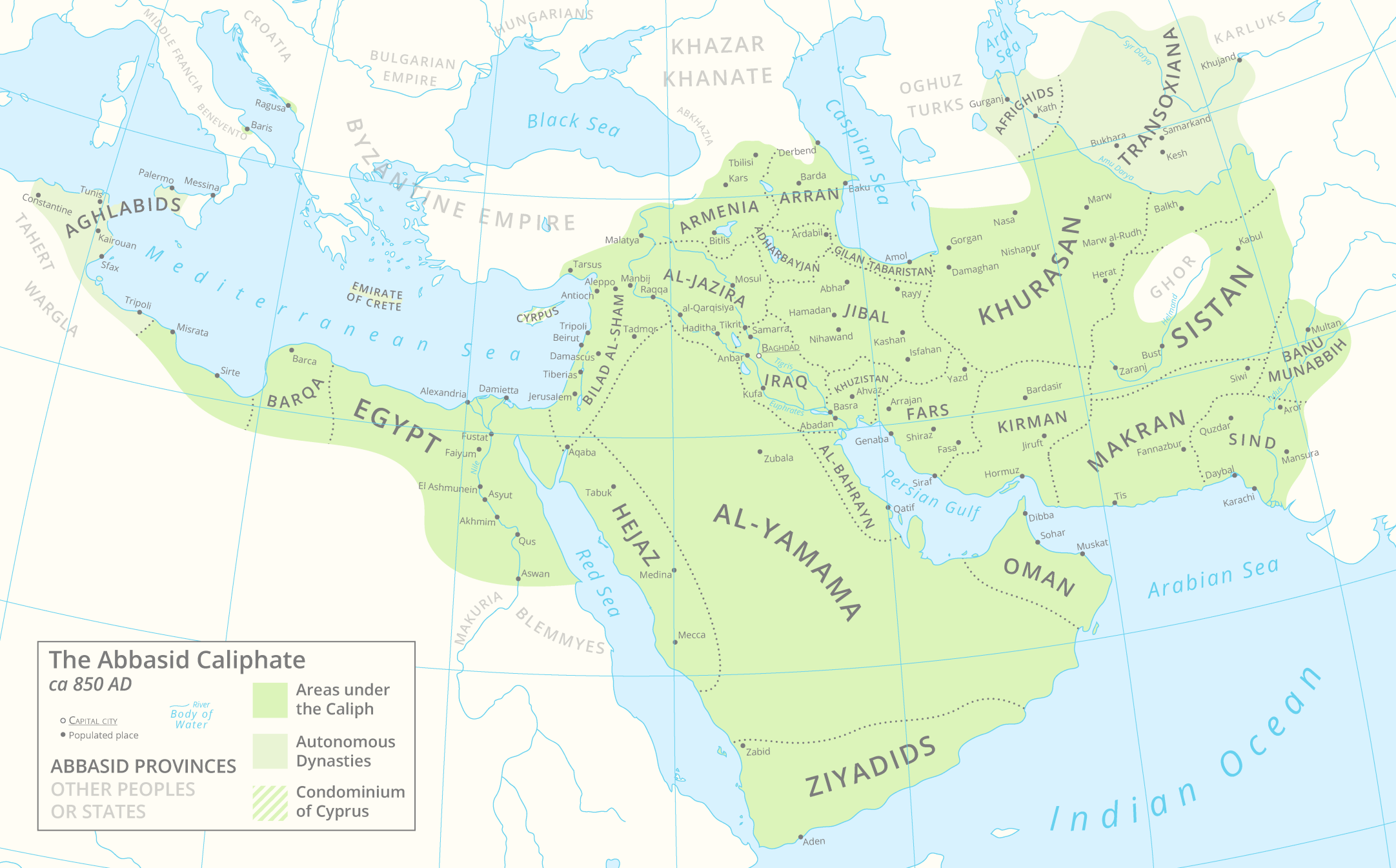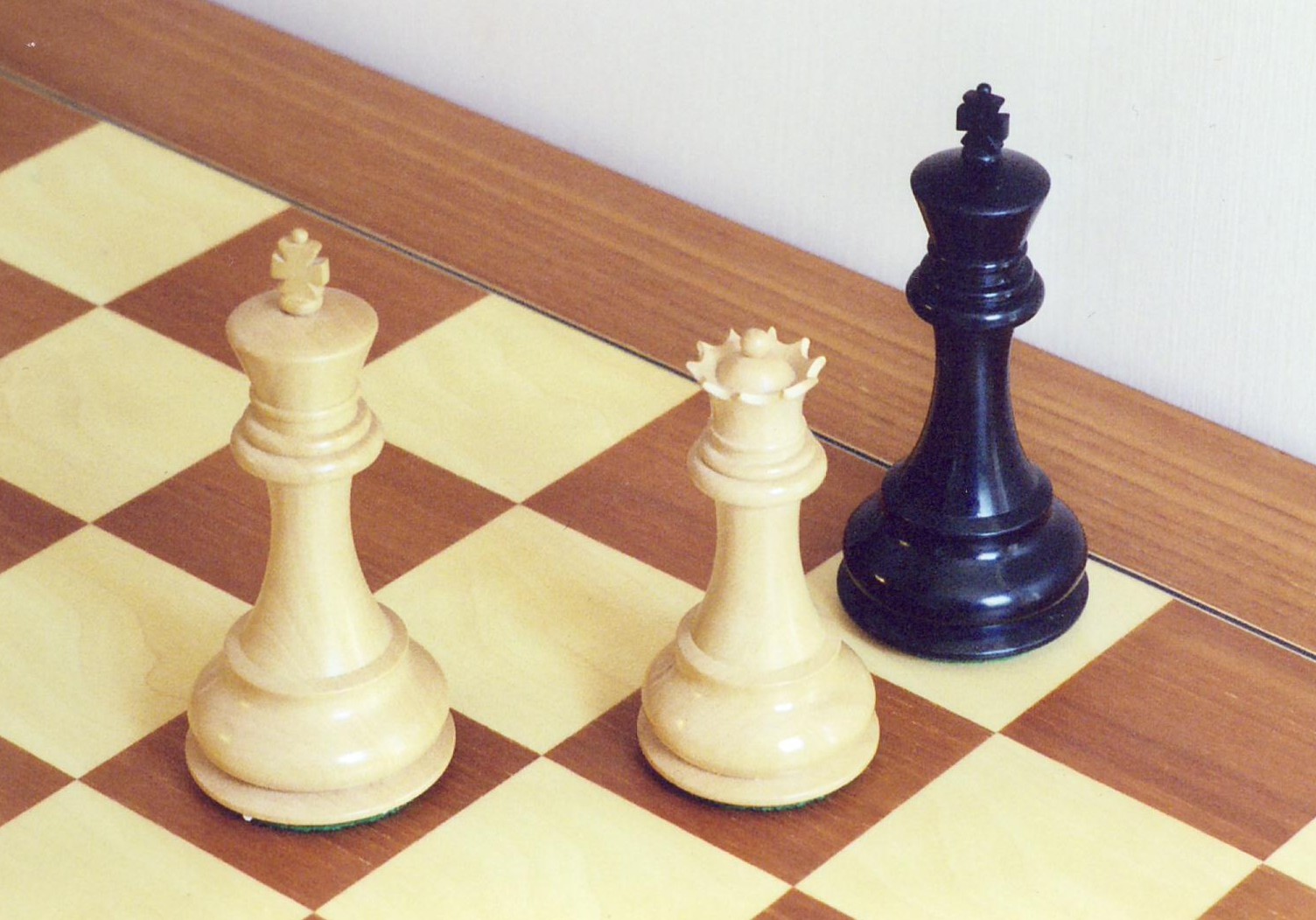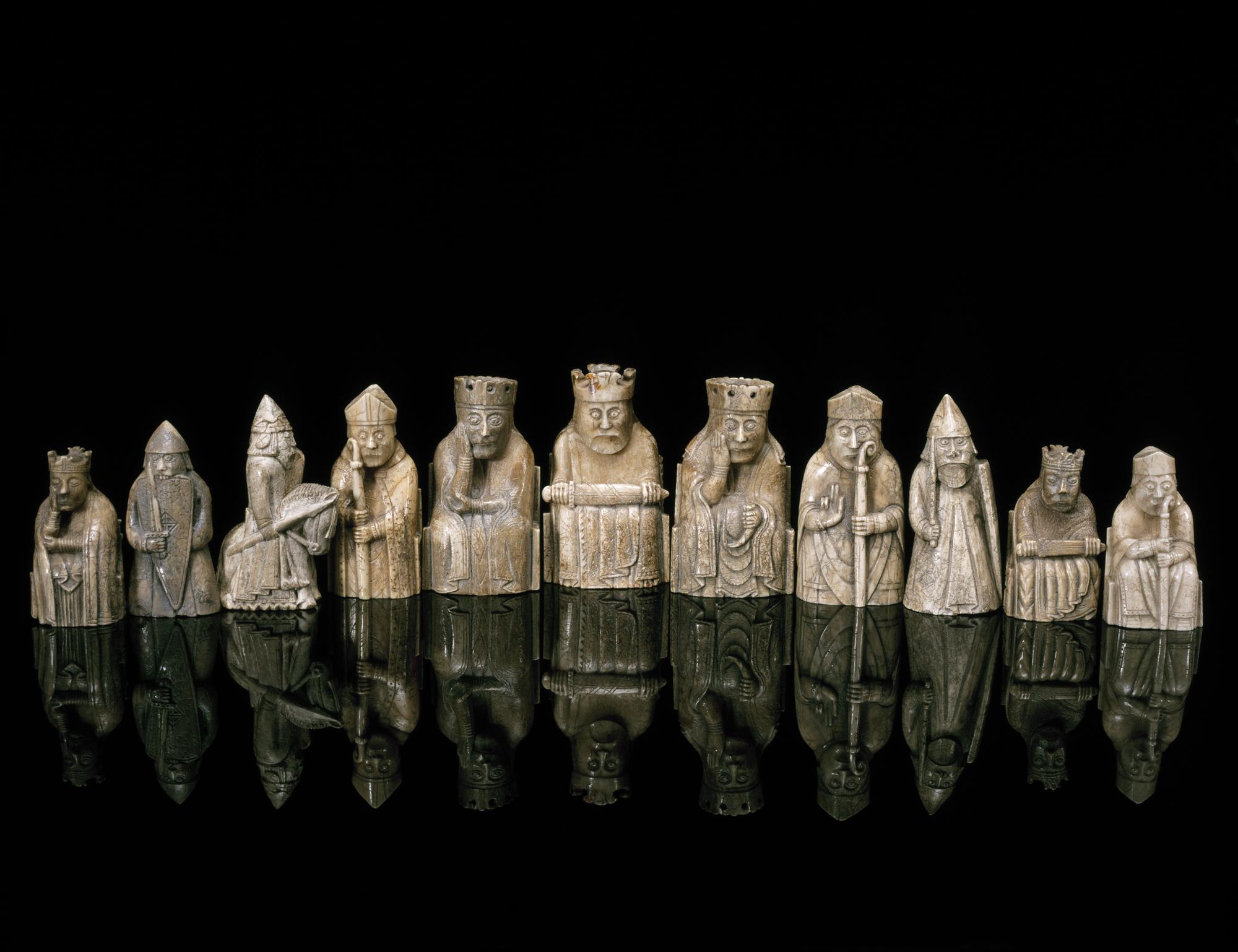|
Al-Adli Ar-Rumi
Al-Adli al-Rumi (), was an Arab player and theoretician of Shatranj, an ancient form of chess from Persia. Originally from Anatolia, he authored one of the first treatises on Shatranj in 842, called ''Kitab ash-shatranj'' ('Book of Chess'). He was recognized as the best Shatranj player in the 9th century during the reign of al-Wathiq until his loss to al-Razi, just before or early into the reign of al-Mutawakkil. In his treatise al-Adli compiled the ideas of his predecessors on Shatranj. The book was lost but the problems he discussed survived in the works of successors. Mansūbāt were end game scenarios, where victory was obtained either by checkmate or stalemate Stalemate is a situation in chess where the player whose turn it is to move is not in check and has no legal move. Stalemate results in a draw. During the endgame, stalemate is a resource that can enable the player with the inferior position ..., or by baring the opposing king. From his work came a variant of ... [...More Info...] [...Related Items...] OR: [Wikipedia] [Google] [Baidu] |
Shatranj
Shatranj (, ; from Middle Persian ) is an old form of chess, as played in the Sasanian Empire. Its origins lie in the South Asian game of chaturanga. Modern chess gradually developed from this game, as it was introduced to Europe by contacts in Muslim Al-Andalus (modern Spain) and in Sicily in the 10th century. In modern Persian language, Persian, the term is also used as the translation of chess. Etymology and origins The name of the game in adjoining countries appears to be derived from chaturanga - chatrang in Persian, shatranj in Arabic, Chanderaki in Tibetan are examples. This suggests that the game, as well as its name, came from India. Also, as will appear, it was believed in Persia that the game arrived there from India."The name of the game in adjoining countries appears to be derived from chaturanga - chatrang in Persian, shatranj in Arabic, chanderaki in Tibetan are examples. This suggests that the game, as well as its name, came from India. Also, as will appear, it wa ... [...More Info...] [...Related Items...] OR: [Wikipedia] [Google] [Baidu] |
Persia
Iran, officially the Islamic Republic of Iran (IRI) and also known as Persia, is a country in West Asia. It borders Iraq to the west, Turkey, Azerbaijan, and Armenia to the northwest, the Caspian Sea to the north, Turkmenistan to the northeast, Afghanistan to the east, Pakistan to the southeast, and the Gulf of Oman and the Persian Gulf to the south. With a Ethnicities in Iran, multi-ethnic population of over 92 million in an area of , Iran ranks 17th globally in both List of countries and dependencies by area, geographic size and List of countries and dependencies by population, population. It is the List of Asian countries by area, sixth-largest country entirely in Asia and one of the world's List of mountains in Iran, most mountainous countries. Officially an Islamic republic, Iran is divided into Regions of Iran, five regions with Provinces of Iran, 31 provinces. Tehran is the nation's Capital city, capital, List of cities in Iran by province, largest city and financial ... [...More Info...] [...Related Items...] OR: [Wikipedia] [Google] [Baidu] |
Anatolia
Anatolia (), also known as Asia Minor, is a peninsula in West Asia that makes up the majority of the land area of Turkey. It is the westernmost protrusion of Asia and is geographically bounded by the Mediterranean Sea to the south, the Aegean Sea to the west, the Turkish Straits to the northwest, and the Black Sea to the north. The eastern and southeastern limits have been expanded either to the entirety of Asiatic Turkey or to an imprecise line from the Black Sea to the Gulf of Alexandretta. Topographically, the Sea of Marmara connects the Black Sea with the Aegean Sea through the Bosporus and the Dardanelles, and separates Anatolia from Thrace in Southeast Europe. During the Neolithic, Anatolia was an early centre for the development of farming after it originated in the adjacent Fertile Crescent. Beginning around 9,000 years ago, there was a major migration of Anatolian Neolithic Farmers into Neolithic Europe, Europe, with their descendants coming to dominate the continent a ... [...More Info...] [...Related Items...] OR: [Wikipedia] [Google] [Baidu] |
Al-Wathiq
Abū Jaʿfar Hārūn ibn Muḥammad al-Wathiq bi'Llah (; 18 April 81210 August 847), commonly known by his regnal name al-Wathiq bi'Llah (), was an Abbasid caliph who reigned from 842 until his death in 847. Al-Wathiq is described in the sources as well-educated, intellectually curious, but also a poet, who enjoyed the company of poets and musicians as well as scholars. His brief reign was one of continuity with the policies of his father, al-Mu'tasim (), as power continued to rest in the hands of the same officials whom al-Mu'tasim had appointed. The chief events of the reign were the suppression of revolts: Bedouin rebellions occurred in Syria in 842, the Hejaz in 845, and the Yamama in 846, Armenia had to be pacified over several years, and above all, an abortive uprising took place in Baghdad itself in 846, under Ahmad ibn Nasr al-Khuza'i. The latter was linked to al-Wathiq's continued support for the doctrine of Mu'tazilism, and his reactivation of the to root out oppo ... [...More Info...] [...Related Items...] OR: [Wikipedia] [Google] [Baidu] |
Al-Mutawakkil
Ja'far ibn al-Mu'tasim, Muḥammad ibn Harun al-Rashid, Hārūn al-Mutawakkil ʿalā Allāh (); March 82211 December 861, commonly known by his laqab, regnal name al-Mutawwakil ala Allah (), was the tenth Abbasid Caliphate, Abbasid caliph, ruling from 847 until his assassination in 861. He succeeded his brother, al-Wathiq (), and is known for expanding the empire to its maximum extent. He was deeply religious, and is remembered for discarding the Muʿtazila, ending the Mihna (a period of persecution of Islamic scholars), and releasing Ahmad ibn Hanbal. He is also known for his tough rule, especially with respect to non-Muslim subjects. He was assassinated on 11 December 861 by the Turkic guard with the support of his son, al-Muntasir, marking the beginning of the period of civil strife known as the "Anarchy at Samarra". Early life Al-Mutawakkil was born on 31 March 822 to the Abbasid prince Abu Ishaq Muhammad (the future al-Mu'tasim) and a slave concubine from Khwarazm named S ... [...More Info...] [...Related Items...] OR: [Wikipedia] [Google] [Baidu] |
Checkmate
Checkmate (often shortened to mate) is any game position in chess and other chess-like games in which a player's king is in check (threatened with ) and there is no possible escape. Checkmating the opponent wins the game. In chess, the king is never actually captured. The player loses as soon as their king is checkmated. In formal games, it is usually considered good etiquette to resign an inevitably lost game before being checkmated. If a player is not in check but has no legal moves, then it is '' stalemate'', and the game immediately ends in a draw. A checkmating move is recorded in algebraic notation using the hash symbol "#", for example: 34.Qg3#. Examples A checkmate may occur in as few as two moves on one side with all of the pieces still on the board (as in fool's mate, in the opening phase of the game), in a middlegame position (as in the 1956 game called the Game of the Century between Donald Byrne and Bobby Fischer), or after many moves with as few as t ... [...More Info...] [...Related Items...] OR: [Wikipedia] [Google] [Baidu] |
Stalemate
Stalemate is a situation in chess where the player whose turn it is to move is not in check and has no legal move. Stalemate results in a draw. During the endgame, stalemate is a resource that can enable the player with the inferior position to draw the game rather than lose. In more complex positions, stalemate is much rarer, usually taking the form of a swindle that succeeds only if the superior side is inattentive. Stalemate is also a common theme in endgame studies and other chess problems. The outcome of a stalemate was standardized as a draw in the 19th century . Before this standardization, its treatment varied widely, including being deemed a win for the stalemating player, a half-win for that player, or a loss for that player; not being permitted; and resulting in the stalemated player missing a turn. Stalemate rules vary in variants and other games of the chess family. Etymology and usage The first recorded use of stalemate is from 1765. It is a compounding of ... [...More Info...] [...Related Items...] OR: [Wikipedia] [Google] [Baidu] |
Bare King
In chess and chess variants, a bare king (or lone king) is a king whose player has no other remaining pieces (i.e. all the player's other pieces have been ). Effect on the game Historical In some old versions of chess, such as "baring chess" and shatranj, leaving the opponent with a bare king was one way of winning the game (see ). The relative weakness of the pieces in shatranj may have made this form of a win desirable. A possible exception to the bare king rule was if the king immediately after being bared was able to recapture, leaving the opponent with a bare king as well. This situation, called a "Medinese victory" (because in Medina, it was still a win for the player first baring the opposing king), was often considered a draw. Contemporary Under modern rules, a player with a bare king does not automatically lose and may continue playing. A bare king can never give check, however, and can therefore never deliver a checkmate or win the game. A bare king can in some situa ... [...More Info...] [...Related Items...] OR: [Wikipedia] [Google] [Baidu] |
Abu Bakr Bin Yahya Al-Suli
Abū Bakr Muḥammad ibn Yaḥyā ibn al-‘Abbās al-Ṣūlī (Arabic: ) (born c. 870 Gorgan – died between 941 and 948 Basra) was a Turkic scholar and a court companion of three Abbāsid caliphs: al-Muktafī, his successor al-Muqtadir, and later, al-Radi, whom he also tutored. He was a bibliophile, wrote letters, editor-poet, chronicler, and a shatranj (chess) player. His contemporary biographer Isḥāq al-Nadīm tells us he was "of manly bearing." He wrote many books, the most famous of which are '' Kitāb Al-Awrāq'' and '' Kitāb al-Shiṭranj''. Life Abū Bakr al-Ṣūlī was born into an illustrious family of Turkic origin, his great-grandfather was the Turkic prince Sul-takin and his uncle was the poet Ibrahim ibn al-'Abbas as-Suli. Al-Marzubānī, a principal pupil of al-Ṣūlī, who admired him and copied him in the art of compilation, borrowed much of al-Ṣūlī's material for his ''Kitāb al-Muwashshaḥ''. Abū al-Faraj al-Iṣbahānī made extensive use o ... [...More Info...] [...Related Items...] OR: [Wikipedia] [Google] [Baidu] |
Chess Theoreticians
Chess is a board game for two players. It is an abstract strategy game that involves no hidden information and no elements of chance. It is played on a square board consisting of 64 squares arranged in an 8×8 grid. The players, referred to as "White" and "Black", each control sixteen pieces: one king, one queen, two rooks, two bishops, two knights, and eight pawns, with each type of piece having a different pattern of movement. An enemy piece may be captured (removed from the board) by moving one's own piece onto the square it occupies. The object of the game is to "checkmate" (threaten with inescapable capture) the enemy king. There are also several ways a game can end in a draw. The recorded history of chess goes back to at least the emergence of chaturanga—also thought to be an ancestor to similar games like and —in seventh-century India. After its introduction in Persia, it spread to the Arab world and then to Europe. The modern rules of chess emerged in Europ ... [...More Info...] [...Related Items...] OR: [Wikipedia] [Google] [Baidu] |
History Of Chess
The history of chess can be traced back nearly 1,500 years to its earliest known predecessor, called chaturanga, in History of India, India; its prehistory is the subject of speculation. From India it spread to Sassanian Empire, Persia, where it was modified in terms of shapes and rules and developed into shatranj. Following the Muslim conquest of Persia, Arab invasion and conquest of Persia, chess was taken up by the Muslim world and subsequently spread to Europe via Spain (Al Andalus) and Italy (Emirate of Sicily). The game evolved roughly into its current form by about 1500 CE. "Romantic chess" was the predominant playing style from the late 18th century to the 1880s. Chess games of this period emphasized quick, tactical maneuvers rather than long-term strategic planning. The Romantic era of play was followed by the Scientific, Hypermodernism (chess), Hypermodern, and New Dynamism eras. In the second half of the 19th century, modern chess tournament play began, and the first ... [...More Info...] [...Related Items...] OR: [Wikipedia] [Google] [Baidu] |
9th-century Arab People
The 9th century was a period from 801 (represented by the Roman numerals DCCCI) through 900 (CM) in accordance with the Julian calendar. The Carolingian Renaissance and the Viking raids occurred within this period. In the Middle East, the House of Wisdom was founded in Abbasid Caliphate, Abbasid Baghdad, attracting many scholars to the city. The field of algebra was founded by the Muslim polymath al-Khwarizmi. The most famous Islamic scholar Ahmad ibn Hanbal was tortured and Imprisonment, imprisoned by Abbasid official Ahmad ibn Abi Du'ad during the reign of Abbasid caliph al-Mu'tasim and caliph al-Wathiq. In Southeast Asia, the height of the Mataram Kingdom happened in this century, while Burma would see the establishment of the major kingdom of Pagan Kingdom, Pagan. Tang china, Tang China started the century with the effective rule under Emperor Xianzong of Tang, Emperor Xianzong and ended the century with the Huang Chao#Rebellions, Huang Chao rebellions. In America, the Maya ... [...More Info...] [...Related Items...] OR: [Wikipedia] [Google] [Baidu] |







